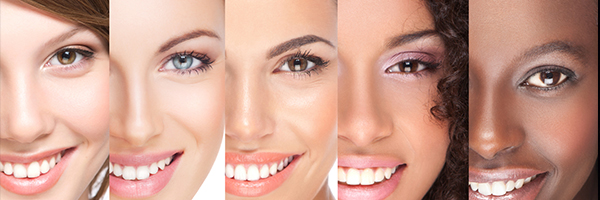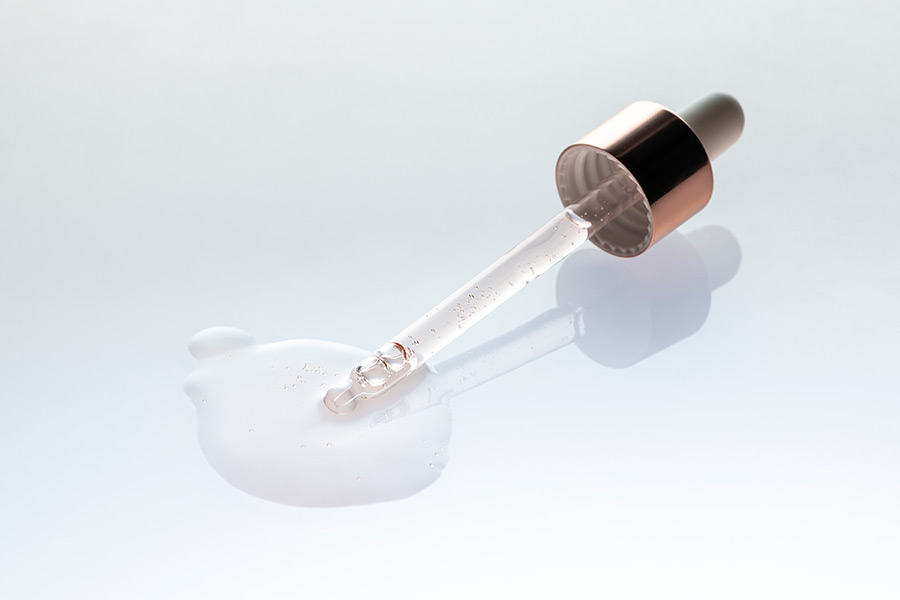‘ Know Your Skin Type Before Choosing Your Skin Care Products’
Recognising Your Skin Type – What’s Your Skin Type? This is the first of a series of articles where my aim is to guide you in not only determining what skin type you have but what are the best ingredients that you need to use to get the most out of your skin regime and ultimately the best looking skin.
Unfortunately I need to start with the boring stuff first and that is very simply determining what skin type you have. This is important as it determines what ingredients and what products need to be used.
Skin types include normal, oily, dry, and sensitive. Some people also have a combination of skin types in different areas of their skin.
Your skin type can change over time. For example, younger people are more likely than older people to have a normal skin type. But not always.
Skin types vary depending upon factors such as:
- Water content, which affects your skin’s comfort and elasticity
- Oil (lipid) content, which affects your skin’s softness
- Sensitivity level
Knowing your skin type is absolutely necessary in order to make a right decision about a proper skin care or treatment, which is suitable for your particular skin needs. The initial quality, or type, of your skin is genetically determined – meaning that you are born with it.
However, the health and beauty of your skin later in life largely depends on what you eat and how you take care of yourself and your skin. To get the best benefit from your skin care regime the first step is to determine your skin type so that you can match it with the best recommended methods to improve your look and slow the aging process.
To determine your type, use a simple test with a clean facial tissue (or paper) to wipe your face in the morning, when you have just woken up:
Normal Skin:
If you skin belongs to a normal type, the tissue will not reveal any traces of oil. Your skin should feel vibrant, elastic, and supple. Normal skin is the least problematic type.
It looks clean and smooth and has a good circulation and healthy complexion. Even with a minimum care, it will look good well into your advanced age.
Treating Normal Skin: Follow Link
Dry Skin:
If your skin is dry, the paper will be clean, too, but your face skin will feel flaky, dry, and tight after you have wiped it. Dry skin can easily develop a sallow tone, wrinkles, and fine pores, and it is very prone to aging and irritating. It might still look great on a young person, but, to keep it healthy, you should apply thorough care and use regular skin or beauty treatment with natural masks and moisturizers.
Treating Dry Skin: Follow Link
Oily Skin:
If you have oily skin, the paper will have spots of facial oil on it, corresponding to the areas of your cheeks, nose, and forehead. Oily skin is problematic – it usually looks greasy, thick, coarse, and shiny, has enlarged pores, and tends to break into acne.
A good thing, though, is that oily skin is not prone much to aging and wrinkling. Careful cleaning, minimizing of carbohydrate consumption, and avoiding rich creams can be helpful in improving the quality of oily skin.
Treating Oily Skin: Follow Link
Combination Skin:
If you skin is combination, like that of most women, the tissue will have traces of oil coming from your nose and forehead, but will be clean in the areas that touched your cheeks. Combination skin has patches of both dry and oily skin, and it requires different types of care in relation to particular facial areas.
Dry zones, which are usually located on the cheeks and around the eyes, should be treated with rich creams and moisturizers, while oily areas, usually on the forehead and nose, will benefit from frequent and thorough cleaning.
Treating Combination Skin: Follow Link
Sensitive Skin:
Sensitive skin is usually very dry, tends to feel tight, and becomes inflamed and irritated easily. Typically, sensitive skin develops reddish and scaly areas, can be itchy and tingly, and is prone to breaking into spots. It is the most problematic and fragile type of #skin, which needs a very special type of care. To get the right body products for this skin type too requires great research.
Treating Sensitive Skin: Follow Link
So In Summary:
Normal Skin Type
- Normal skin is not too dry and not too oily. It has:
- No or few imperfections
- No severe sensitivity
- Barely visible pores
- A radiant complexion
Combination Skin Type
- Overly dilated pores
- Blackheads
- Shiny skin
Dry Skin Type
- Almost invisible pores
- Dull, rough complexion
- Red patches
- Less elasticity
- More visible lines
When exposed to drying factors, skin can crack, peel, or become itchy, irritated, or inflamed. If your skin is very dry, it can become rough and scaly, especially on the backs of your hands, arms, and legs.
Dry skin may be caused or made worse by:
- Genetic factors
- Aging or hormonal changes
- Weather such as wind, sun, or cold
- Ultraviolet (UV) radiation from tanning beds
- Indoor heating
- Long, hot baths and showers
- Ingredients in soaps, cosmetics, or cleansers
- Medications
Oily Skin Type
- Enlarged pores
- Dull or shiny, thick complexion
- Blackheads, pimples, or other blemishes
What skin type are you? If you are still unsure then please take my Face2Face Skin Assessment at: http://skinmiles.com/face2face/ where you can answer some questions and send a photo of your skin and I will examine and send you an answer.





fantastic article, keep them coming!